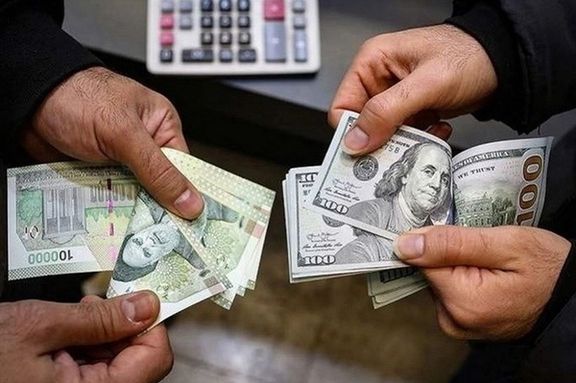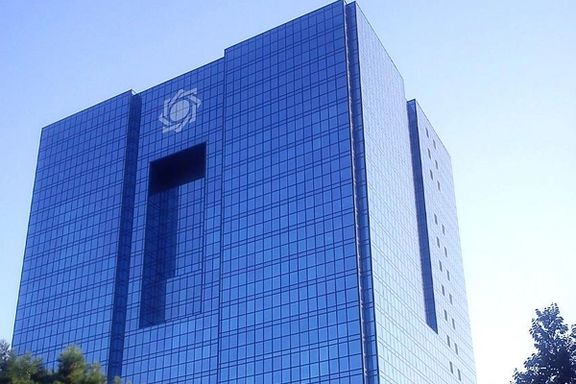Iran’s Economic Crisis Deepens With Currency Hitting New Low

Iran’s currency hit another historic low on Sunday as the central bank reported record borrowing by government-owned companies and a burgeoning money supply.

Iran’s currency hit another historic low on Sunday as the central bank reported record borrowing by government-owned companies and a burgeoning money supply.
The rial, which was trading at about 300,000 to the US dollar in late August fell to 460,000 on Sunday; a more than 50-perccent decline.
Us sanctions economic sanctions imposed since 2018 have gradually eroded Iran’s hard currency revenues, depleted its foreign currency reserves and have led to economic uncertainty.
Lack of a new nuclear deal with the United States has also led to more pessimism since September, when the latest attempt by the European Union to broker a deal fell apart.
In addition to these negative factors, popular protests in the past five months have led to political uncertainty and more capital flight from the country.
The rial’s fall leads to more inflation for essential commodities such as foodstuff and animal feed, impoverishing a population hit hard by 40-50 percent annual inflation in the past three years.
Food prices have been rising much faster, with official figures indicating between 70-100 percent annual inflation for basic food items such as meet and dairy. Consumption of some items have decreased by more than 50 percent in the past two years.
At the same time rents and home prices have climbed as much as the value of the US dollar has risen, reaching a level that an ordinary worker must hold two or even three jobs just to afford basic housing. Workers make between $100-150 a month, calculated by the current rate of the dollar.
Some observers say that rising prices can lead to more widespread and sustained protests against the regime. The current government, mostly staffed by hardliners, is seen as inefficient and unable to govern in an environment of multiple challenges. Even many conservatives and loyalists have begun to criticize President Ebrahim Raisi and his ministers.

Meanwhile, new figures published Sunday by the Central Bank of Iran (CBI) showed that borrowing by government-owned companies increased by 77.5 percent in the first eight months of the Iranian calendar year, from March 21- November 20.
These largely unprofitable and money-losing enterprises borrow from government banks, which in turn borrow from the central bank. These banks in turn had to borrow 59 percent more from the CBI during November 2021-November 2022,
The central bank in turn resorts to printing money, without sufficient economic growth or foreign currency revenues. This means that the money supply increases fast, leading to more currency devaluation and inflation.
One major reason why government companies have increased borrowing is that the government takes money from these essentially bankrupt enterprises to finance its own 50-percent budget deficit.
The Raisi government has been claiming that it has stopped borrowing from the CBI, but in fact it has shifted to cashing money from its economic enterprises, which have assumed the role of borrowers. In short, the cycle of government borrowing, and money printing has become more complicated by the intermediary role public companies play as some sort of facilitators.
The money supply reached 58,000 trillion rials by November, or $200 billion based on the average rate of exchange during the first eight months of the Iranian calendar year.
The situation is heading toward a serious crisis. A centrist politician said this week that “Iran is on fire.”